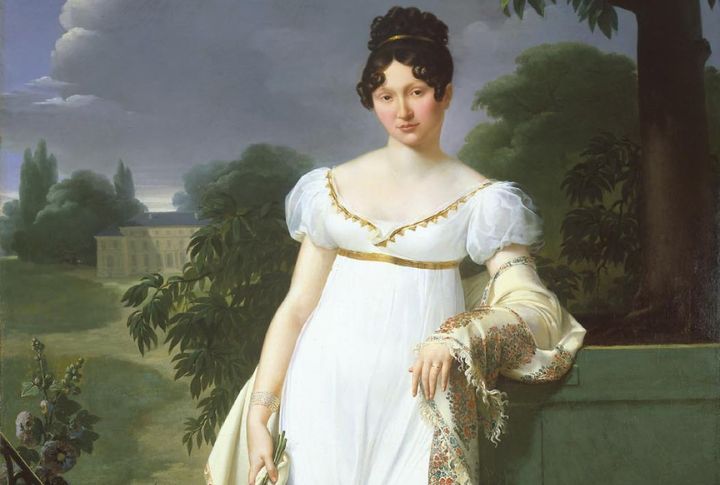
Clothing trends come and go, but some left bigger footprints than anyone expected. Women wore certain outfits not only to look good but also to push against rules. Skirts, suits, and jackets all carried weight. Let’s explore the times fashion choices doubled as acts of rebellion.
Deshabille Gowns

In seventeenth-century France, deshabille gowns moved from intimate chambers into scandalous public life. Portraits of Madame de Montespan displayed silks draped so loosely they appeared improper. Since these robes blurred the distinction between underwear and outerwear, the clergy condemned them. Still, aristocratic women adopted the style.
Restoration Bodices
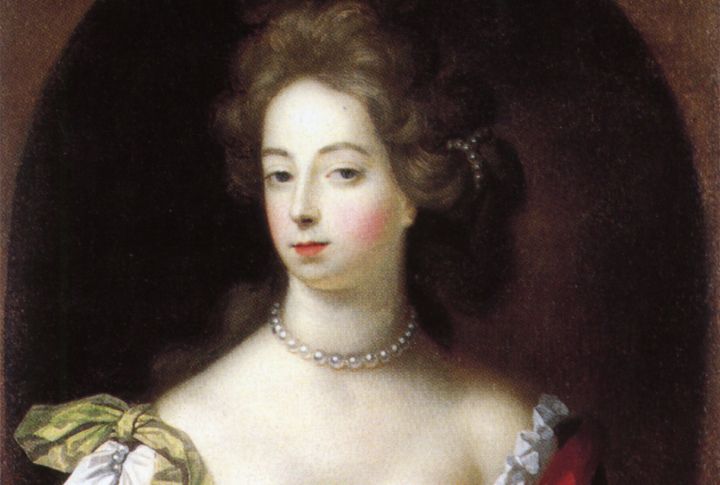
After Puritan rule in England, which enforced strict morality, ended, King Charles II’s lively court welcomed fashions reflecting freedom. Low-cut bodices worn by actress Nell Gwyn mocked old restraints while entertaining crowds. Satirical prints exaggerated their daring necklines. Yet instead of fading, Restoration fashion flourished, and bold dress became rebellion.
Gaulle Dress
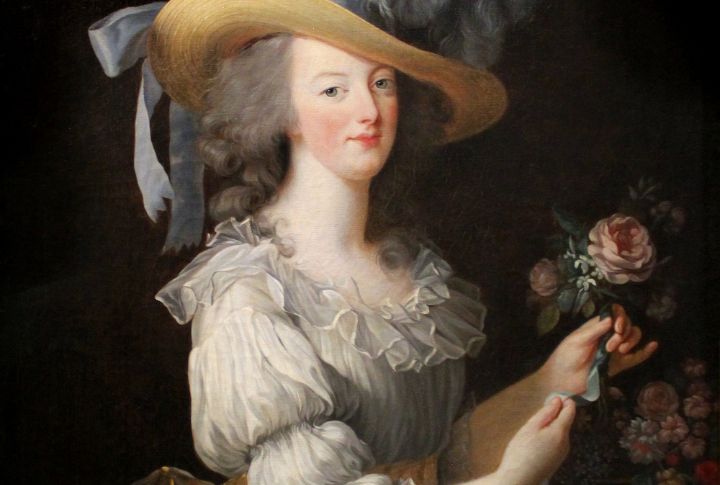
In 1783, Marie Antoinette shocked critics when she appeared in a muslin gaulle that resembled simple underwear. Because muslin was associated with rural workers, silk merchants feared economic decline and expressed outrage. The condemnation spread through court circles, but noblewomen admired her comfort and soon copied the look.
Empire Waist Gowns
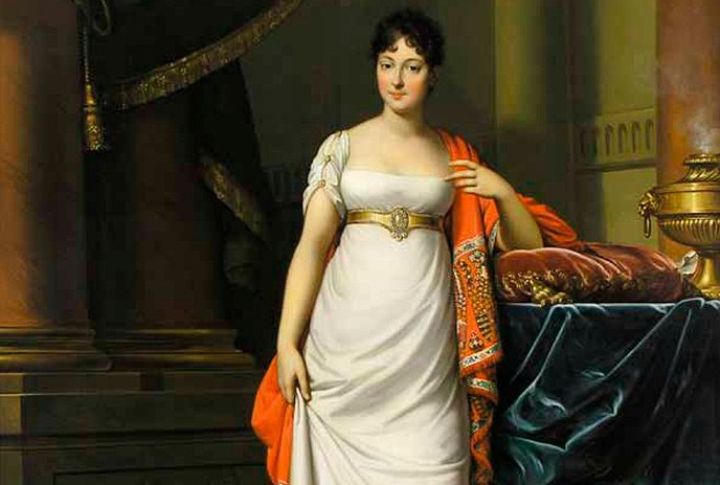
Fashion plates showed elite women adopting empire-waist gowns by embracing attire that carried intellectual meaning and represented liberation. By the early 1800s, such gowns swept across France with classical inspiration. Airy muslin flowed freely to reject centuries of corseted restriction.
Mini Skirts
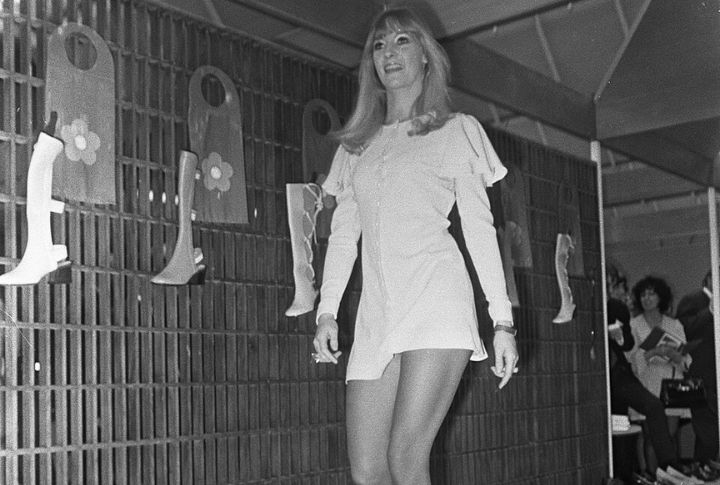
The 1960s revolutionized hemlines as Mary Quant popularized the miniskirt. Its bold length symbolized autonomy and rebellious spirit among young women. Critics labeled it vulgar, yet wearers celebrated playful freedom. With icons like Twiggy showcasing the look, miniskirts reshaped femininity.
Flapper Dresses
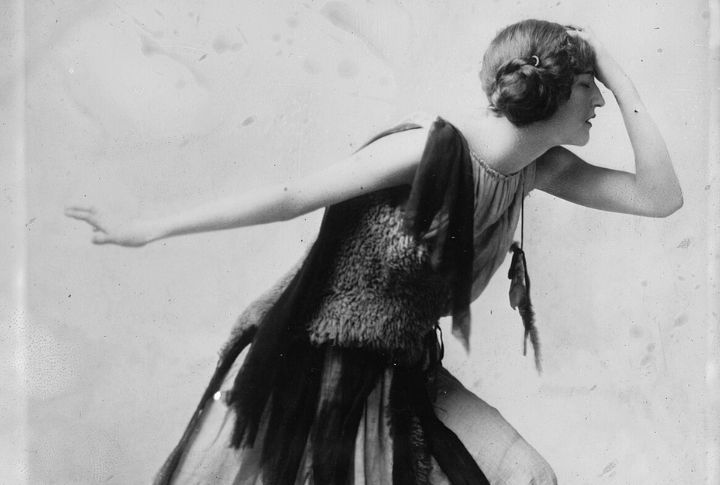
In the 1920s, jazz created a rhythm that flapper dresses seemed to echo. With dropped waists and bare arms, dancers embraced the Charleston with ease. Although newspapers mocked the style as unfeminine, flappers ignored the criticism. Their joyful clothing expressed post-war liberation and redefined femininity across crowded dance floors.
Suffragette White Suits
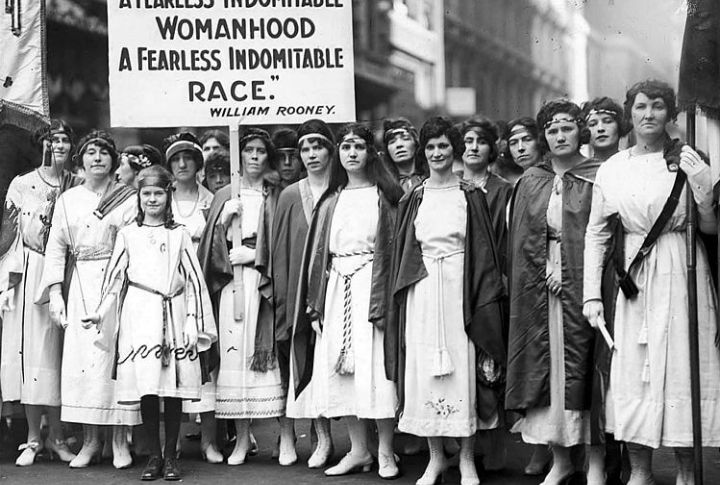
Early suffragettes wore white suits while marching and speaking boldly, for they used the color’s purity to counter claims of radicalism. These uniforms connected women across class lines and built a striking public image. Decades later, female lawmakers revived the look to honor its legacy.
Denim Overalls (Civil Rights Era)
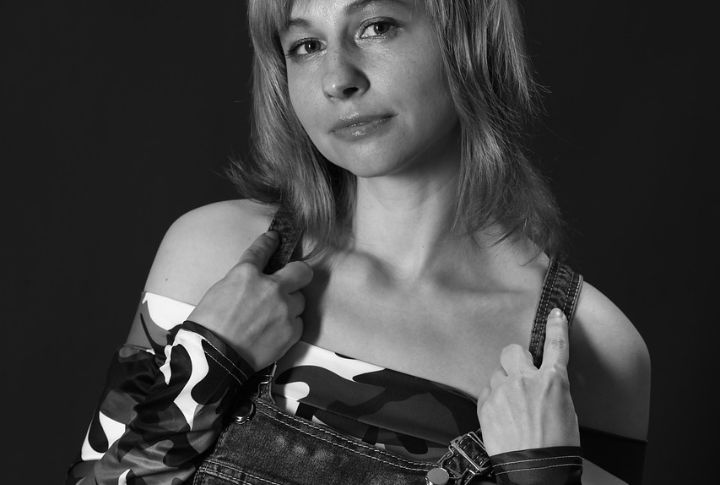
During the 1960s, women activists in the Student Nonviolent Coordinating Committee wore denim overalls rather than formal attire. This choice connected them with working-class Black communities and rejected elite fashion. It defied respectability politics by showing activism could be practical.
Zoot Suits
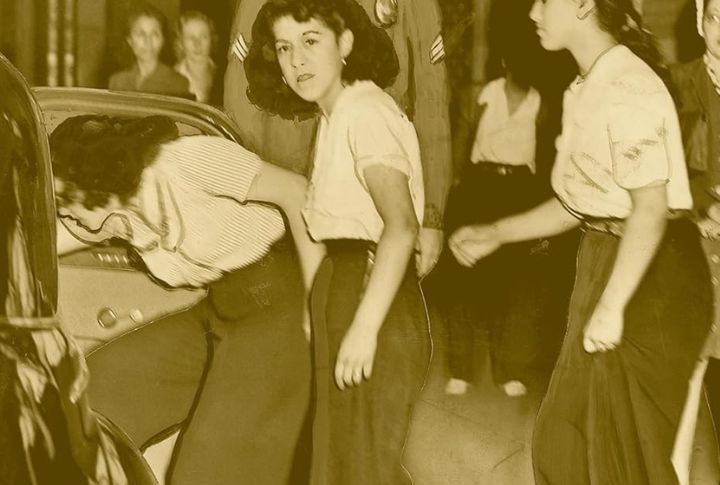
During the 1940s, Mexican-American women called pachucas boldly wore zoot suits. Their oversized jackets and pegged pants directly opposed racial stereotypes and rigid gender expectations. When the 1943 Zoot Suit Riots erupted in Los Angeles, officials targeted them, yet the clothing emerged as a lasting emblem of resistance and identity.
Bloomers
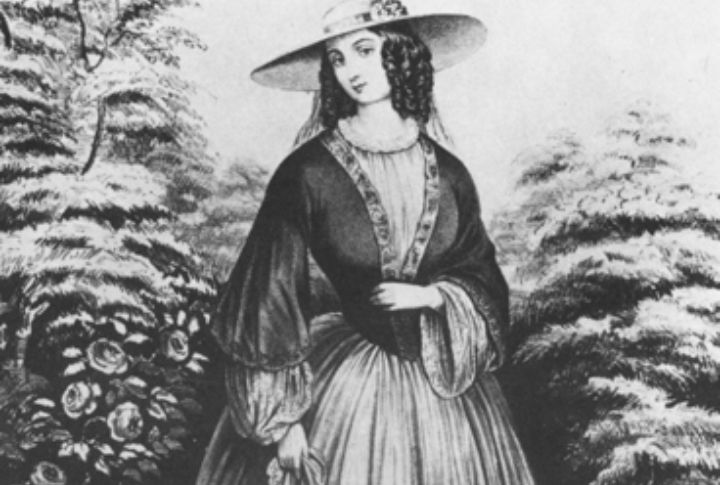
Introduced in the 1850s by activist Amelia Bloomer, bloomers gave women freedom by pairing loose trousers with shorter skirts. They improved mobility and health compared to restrictive corsets. Newspapers mocked the look as unfeminine and immoral, but the design laid important groundwork for later acceptance of trousers in women’s fashion.

